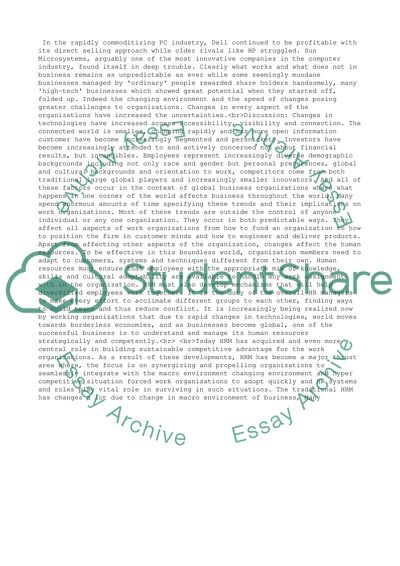Cite this document
(“Role and purpose of HRM Article Example | Topics and Well Written Essays - 3250 words”, n.d.)
Role and purpose of HRM Article Example | Topics and Well Written Essays - 3250 words. Retrieved from https://studentshare.org/business/1502378-role-and-purpose-of-hrm
Role and purpose of HRM Article Example | Topics and Well Written Essays - 3250 words. Retrieved from https://studentshare.org/business/1502378-role-and-purpose-of-hrm
(Role and Purpose of HRM Article Example | Topics and Well Written Essays - 3250 Words)
Role and Purpose of HRM Article Example | Topics and Well Written Essays - 3250 Words. https://studentshare.org/business/1502378-role-and-purpose-of-hrm.
Role and Purpose of HRM Article Example | Topics and Well Written Essays - 3250 Words. https://studentshare.org/business/1502378-role-and-purpose-of-hrm.
“Role and Purpose of HRM Article Example | Topics and Well Written Essays - 3250 Words”, n.d. https://studentshare.org/business/1502378-role-and-purpose-of-hrm.


